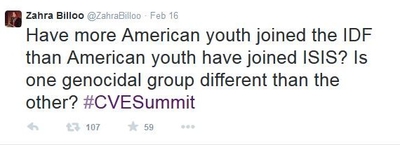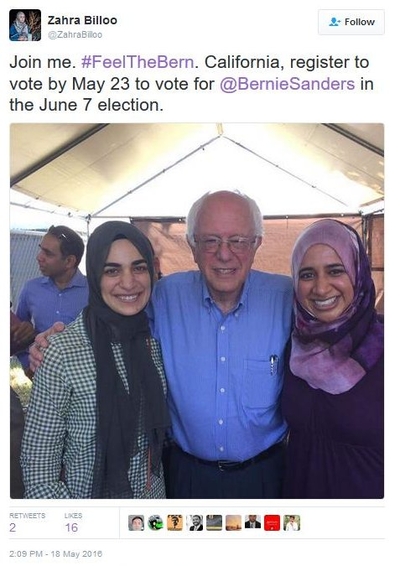For months and months we have been hearing snippets of the Hillary Clinton server/email saga. We cant begin to put it all in chronological order yet much less can we know all the players involved. We do know there are countless investigations and the most recent State Department Inspector General report is the most damning of all summaries so far. Curiously, Hillary and some in her inner circle refused to be interviewed or cooperate with the IG.
Furthermore, there are more testimonies yet to be recorded where Judicial Watch has been granted judge’s authority to move forward with key Hillary people as the judge is experienced with the Hillary email matter, going back to 1998 Filegate.
So, personally, I would like to see some questioned posed to Hillary and her entire team and they include:
- If Hillary did not send or receive classified material in her only email address and server, since she never had a dot gov email address, then exactly where did she received or interact on classified material? As noted by this particular email, she asked that items be printed out and delivered to her in hardcopy.
- So, we have hardcopies, okay then, well, where is that paper and did she shred the hardcopies? Remember in the case of David Petraeus, he had a hardcopy bound note book, a personal journal that Paula Broadwell got access to.
- Two part question: So, now we know that Hillary did not have any password protected mobile device. Did anyone tell her to apply password protections to her Blackberry, iPad or iPhone? When Hillary was asked if she wiped the server and her response was you mean with a cloth? I stood alone responding she does not know how any of this works. Appears to now be quite accurate and further, did not one person in her inner circle teach her the fundamentals?
- Did Hillary ever get any briefings in a classified setting like a SCIF? Hillary has never mentioned using a SCIF much less has there been reference to having access to a SCIF in any emails that have been published.
- Has anyone asked Hillary or her team if she had other email addresses outside of those listed on her server like at any time like Lavabit or Silent Circle or even Reagan dot com, not that the last one she would even consider? Hillary was using a Blackberry going back to when she was a senator, and Lavabit was the encrypted service of choice at the time.
- Barack Obama issued an Executive Order #13526 which further tightened regulations of classified material and interaction of classified material, did Hillary and her team bother to take this seriously and if so how? Did they make the mandated adjustments in this regard?
- Did Hillary or any on her team sign a separation document upon leaving the State Department? The answer is not that anyone can find. So, what is the procedure on that with regard further turning over all government material and correspondence?
- A top Hillary aid said he wanted to avoid FOIA (Freedom of Information Act Requests) and this is curious as he would likely not care unless it was an edict put out by Hillary herself? So, is this a criminal act in and of itself?
So, Judicial Watch is still busy interviewing the Hillary team. The testimony of Ambassador Lukens is here. Cheryl Mills along with her attorney Beth Wilkinson filed a recent motion to block the public release of the video tape of her testimony with Judicial Watch.
There is still the matter of the investigation of the Bill, Hillary and Chelsea Foundation. My buddy Charles Ortel has given up all other matters to take the deep dive and continue the investigation. He has uncovered some remarkable facts that are beyond dispute. On May 19, 2016, I interviewed Charles. He gave a chilling summary of facts to date.


 Two weeks ago, Billoo made it clear her views about American troops have not changed, questioning the holiday’s value: “You think we should honor people who commit war crimes?” she asked an incredulous questioner. She “proudly stands by” her opinion, she also wrote.
Two weeks ago, Billoo made it clear her views about American troops have not changed, questioning the holiday’s value: “You think we should honor people who commit war crimes?” she asked an incredulous questioner. She “proudly stands by” her opinion, she also wrote.
 Zahra Billoo is at Sanders’ left, dressed in purple.
Zahra Billoo is at Sanders’ left, dressed in purple.